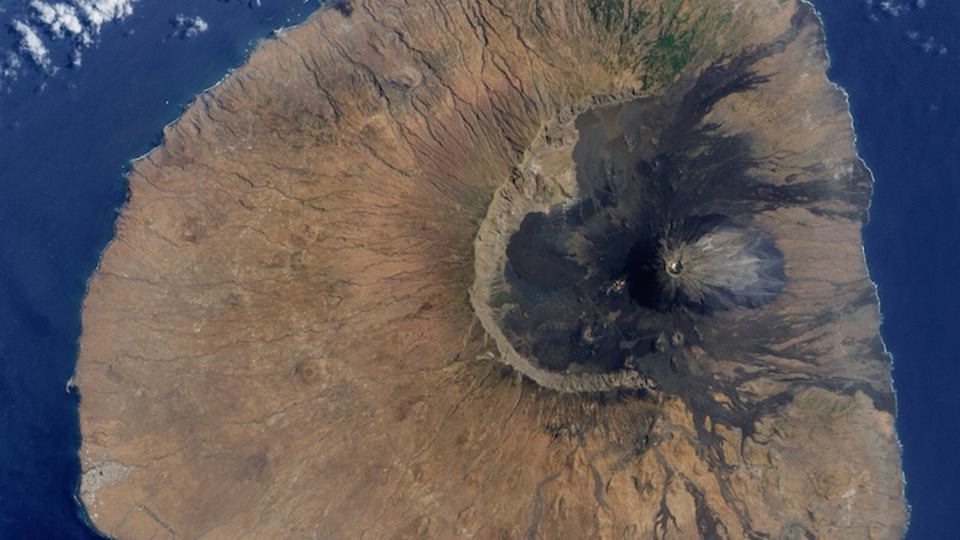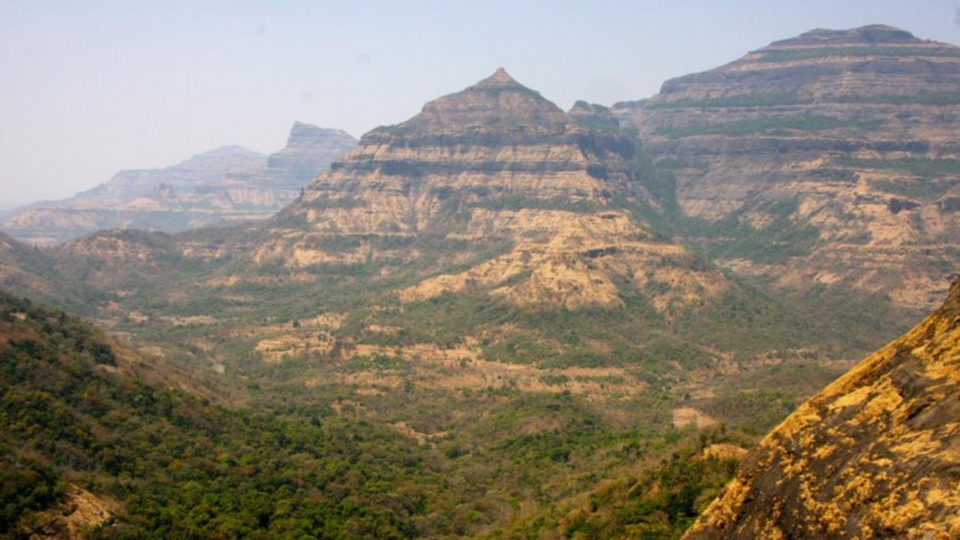Science News
Monday Bites: Tsunamis, Volcanoes, and Extinction
Ancient Tsunami Triggered by Volcano
73,000 years ago, the flank of a volcano on Fogo island in the Cape Verde archipelago fell into the sea, triggering a mega-tsunami, researchers write in an article published last week in Science Advances. Just how large was it? The team studied odd boulders on a plateau on Santiago, an island 55 kilometers (35 miles) from Fogo. The composition of the rocks revealed that the tsunami reached heights of 170 meters (560 feet) at the coast, elevating coastal rocks 270 meters (885 feet) onto a plateau inland!
The team warns this is not an isolated incident and could certainly happen again. According to Science News, “...in 1958 an earthquake in Alaska triggered a landslide into Lituya Bay that generated a wave that climbed 525 meters (1,725 feet) up the walls of the surrounding valley, the highest ever documented.”
Speaking of Volcanic Hazards
We have long wondered what killed the dinosaurs. For years, some scientists have argued that a large asteroid or comet impact off the east coast of Mexico created a mass extinction 66 million years ago. Others have suggested that several volcanoes in India were to blame. Both the impact and the volcanism would have blanketed the planet with dust and noxious fumes, drastically changing the climate and sending many species to an early grave. Well, finally, the argument can cease! A paper published in Science on Friday determines the true cause (drumroll please…): both the volcanoes and the impact!
“Based on our dating of the lavas, we can be pretty certain that the volcanism and the impact occurred within 50,000 years of the extinction, so it becomes somewhat artificial to distinguish between them as killing mechanisms: both phenomena were clearly at work at the same time,” says lead researcher Paul Renne, of UC Berkeley. “It is going to be basically impossible to ascribe actual atmospheric effects to one or the other. They both happened at the same time.”
Renne and his colleague argue that the impact abruptly changed the volcanoes’ plumbing system, which produced major changes in the chemistry and frequency of the eruptions. After this change, long-term volcanic eruptions likely delayed recovery of life for 500,000 years after the end of the Cretaceous period, when large land animals and many small sea creatures disappeared from the fossil record. Talk about a one-two punch!
More on Mass Extinctions
Another study in the latest edition of Science looks at food webs (who eats whom) during the severe Permian-Triassic extinction event, which occurred 252 million years ago. The Academy’s Peter Roopnarine, a co-author on the new publication, often studies these food webs to understand ancient and modern ecosystems and their vulnerability and stability. (Science Today has featured this work here and here.)
The team was interested in the factors that encouraged or hurt food web stability that ancient South African ecological communities faced during and after the extinction event. Using computer modeling techniques, the scientists discovered it was actually smaller animals, the small amniotes—reptiles and ancient mammal relatives—that fared the worst. “It’s surprising that small amniotes were the species initially most at-risk,” says Roopnarine. "It doesn’t fit with the terrestrial extinctions [such as the tigers, elephants, and wolves] we see today, but it makes sense when you think about how different Earth looks after so much time and change.
“What I’m saying,” Roopnarine adds, “is that it was a bad time to be a rat. We think they can survive anything now, but during the Permian and Triassic, their ancient cousins played an unlucky role in the larger community. The food webs at the time could remain stable if they were dominated by large amniotes and lacked smaller ones, but not the other way around. Though individually successful, collectively the smaller species could not support very stable communities.”
As we face a potential sixth mass extinction, this ancient information could provide clues for the road ahead, Roopnarine says. “It can be surprising which species help hold ecosystems together. We desperately need more data for the modern environment."
Image(s): NASA, Mark Richards/UC Berkeley

